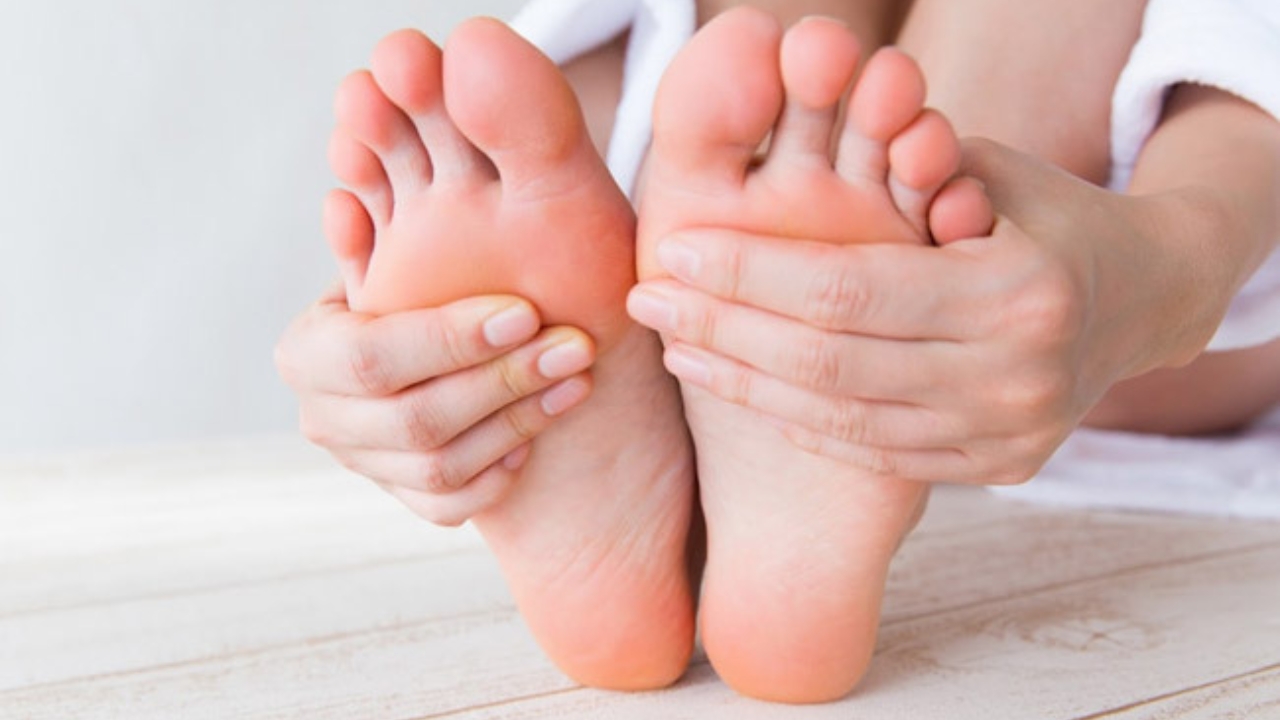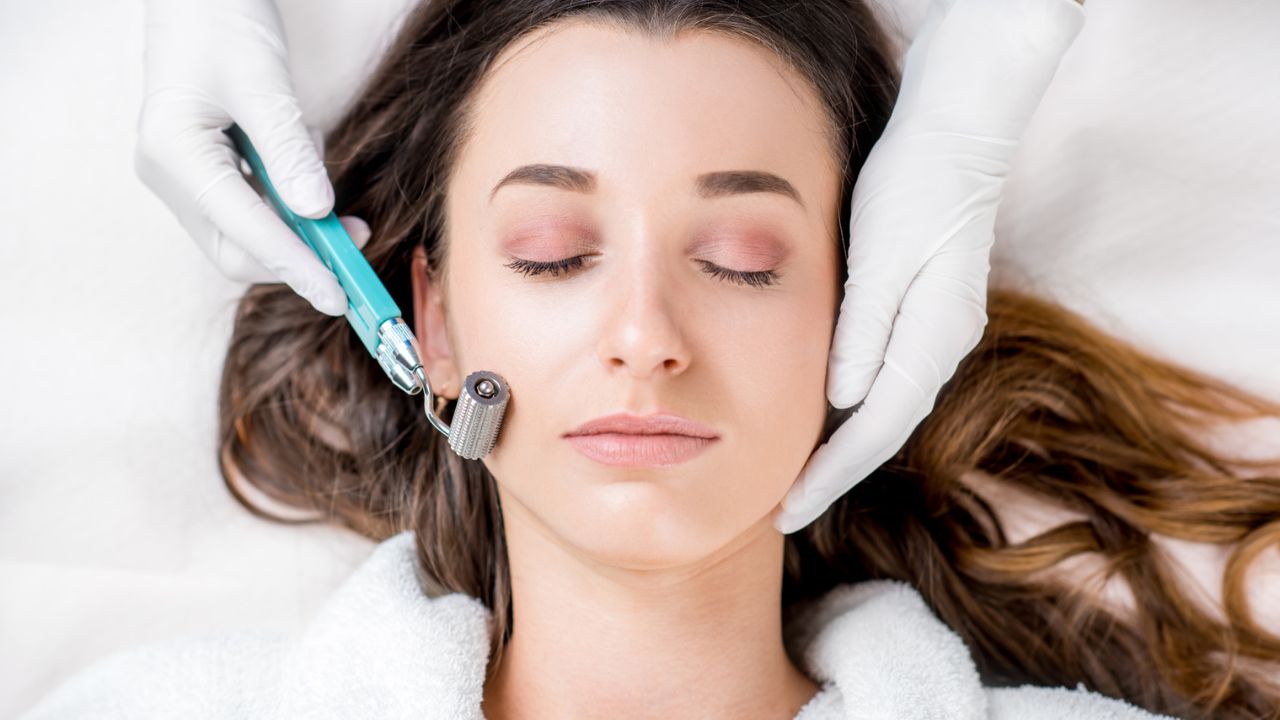Best Home Care for Cold Feet and Hands

The human species thrives in warm environments. We will make every effort to keep warm if it is at all possible. When our bodies begin to cool down or when we are placed in a chilly environment, our bodies have a natural defence mechanism that moves important blood flow away from our extremities in order to protect our core temperature.
This is the reason why our extremities, particularly our hands, feet, ears, and nose, become cold first. In point of fact, frostbite can occur in places of our body that do not receive adequate blood circulation, such as the tips of our fingers or the very end of our noses.

Additionally, we run the risk of suffering from cold injuries that do not involve freezing temperatures and are brought on by the cooling of the skin. Even if the temperature is just a few degrees above freezing, our blood vessels will constrict and nerve injury is possible if we are submerged in water. If we are immersed in water, our blood vessels will contract.
Pernio, also known as chilblains, is an inflammatory disorder that can develop after prolonged contact to environments that are cold and moist. It can be recognised by the skin turning a reddish-blue colour, as well as the formation of blisters or ulceration. A rash that often feels like it is burning and itching might be caused by pernio. Fortunately, that does not happen very often.
There are additional illnesses, such as Reynaud’s phenomenon, which is an abnormal narrowing of the blood arteries that can predispose people to have cold feet and hands. One such condition is diabetes. Another symptom is the development of raised red pimples or hives that are chilly. Any one of these conditions requires an examination from a qualified medical professional.
What are frostbite and frostnip?
Frostnip does not cause any permanent harm to the tissue, in contrast to frostbite. Frostnip is more prevalent and may be treated with less difficulty. Frostnip is another name for frostbite at the surface level.
Frostnip is characterised by a tingling and numbing feeling that manifests itself on chilly skin. The skin can take on a variety of colours, including red, blue, white, and even purple. Additionally, it may produce unsteadiness as well as stiffness in the joints or muscles.
Frostnip affects mostly small places, and it does not cause the skin to become hard. When a portion of the body has frostnip or frostbite, rewarming that region can cause the affected area to experience excruciating pain. The agony may last for several days, and blisters may develop as a result.
Best cures for cold feet and hands?
The use of appropriate clothes, when exposed to winter temperatures, is one of the most effective home remedies for warding off the common cold. In order to prevent moisture from coming into touch with the skin, the footwear and clothing should both be waterproof. It is also essential if at all possible, to stay out of the wind.
Increasing your core body temperature while you sleep can be caused by wearing additional clothing or using additional blankets. When you wear socks, your feet are kept warm, the circulation of blood to your feet is improved, and your heart, lungs, and muscles all operate at their peak performance levels as a result.
Studies have shown that persons who sleep with socks on fall asleep more quickly and wake up less frequently than those who do not. In the event that the socks are not clean, or in the event that the individual has a problem with the athlete’s foot or another ailment, wearing socks while sleeping might raise the risk of bad hygiene. This is especially true if the socks are not laundered regularly.
It is especially beneficial to use hand warmers inside of mittens when one will be exposed to freezing temperatures for an extended period of time, such as when one is participating in activities such as skiing, sledging, or snowmobiling. There are snowmobiles that feature warmers not just on the feet but also on the steering.
It is crucial to stay away from apparel that fits too closely. The warmth provided by mittens is superior to that provided by gloves. It is not a good idea to wear additional pairs of socks if doing so will cause the footwear, such as boots or shoes, to be excessively snug. When dressing youngsters, this is a helpful strategy to ensure that their feet remain warm.
Keeping dry is of the utmost importance. This is especially important to keep in mind for younger children who like playing in the snow and will almost certainly get their clothing as well as their mittens or gloves wet. Remember to remove damp clothing as quickly as possible in order to prevent moisture from coming into touch with the skin.
If you are going to be outside in the cold for an extended period of time, it is beneficial to keep up your normal level of physical activity and ensure that you are getting enough to eat. Hot beverages will help keep you warm as well.
What’s the best frostbite/frostnip home care?
The first thing that should be a cause for concern is hypothermia, which occurs when a person’s body temperature drops below the normal temperature. In the event that there is a worry about hypothermia, frostbite, or frostnip, you should head to the emergency room of the local hospital rather than phoning your doctor.
This is especially important to keep in mind if there are any parts of the body that have been exposed to cold and are currently experiencing excruciating pain. A physician’s orders should always be followed when providing care in the patient’s home.
Caution is required if rewarming something. Because of flooded roads or persistently poor weather, it might be impossible to get to a doctor in some situations, but it might be vital to do this nevertheless.
For rewarming purposes, water between 99 and 104 degrees Fahrenheit should be used. Take care not to let the affected part of your body come into contact with the base of the sink or bathtub. To ensure that the individual’s internal body temperature is also elevated, total submersion in a hot tub of water can be the most effective method in some circumstances.
In the event that frostnip is suspected, warming yourself in the shower or sink is the best course of action. Apply a warm washcloth to your nose and ears to relieve congestion.
Only rewarm the region if it appears to be frostnip and not frostbite, as this is the advice. If the skin is still pliable and the affected area is relatively tiny and superficial, this is a solid indication that the condition is mild. Again, it is preferable to undergo any possible frostbite evaluation in the emergency room if at all possible.
When warming up an afflicted area, it is important to periodically refresh the warm water in order to maintain a stable temperature. This takes anything between 30 and 45 minutes, on average.
Because there is a risk of burning, you should refrain from using warming equipment such as heating pads or electric blankets, and you should also avoid placing the affected area under running warm water. When the damaged area becomes thawed and regains its pink colour, which indicates that blood flow has improved, the rewarming process has been successful.
It is a good idea to take an anti-inflammatory medication like aspirin or ibuprofen in order to reduce the risk of more harm being caused to the area by substances that are normally released by damaged tissues. Immersion injuries are treated in the same manner as frostbite, with the exception that early thawing in warm water is not required. It is recommended to elevate the area that is being impacted. Take care not to be exposed to the cold again.
- Your Ultimate Guide to Travel Insurance for Adventure Sports
- A Guide to Renters Insurance for Pet Owners: Pet-Proof Your Policy
- Safeguard Your Future: Understanding Identity Theft Insurance
- Safeguard Your Event: Understanding Event Cancellation Insurance
- Everything You Need to Know About Critical Illness Insurance Riders
- Home Equity Loans vs. HELOCs: Which is Right for You?












